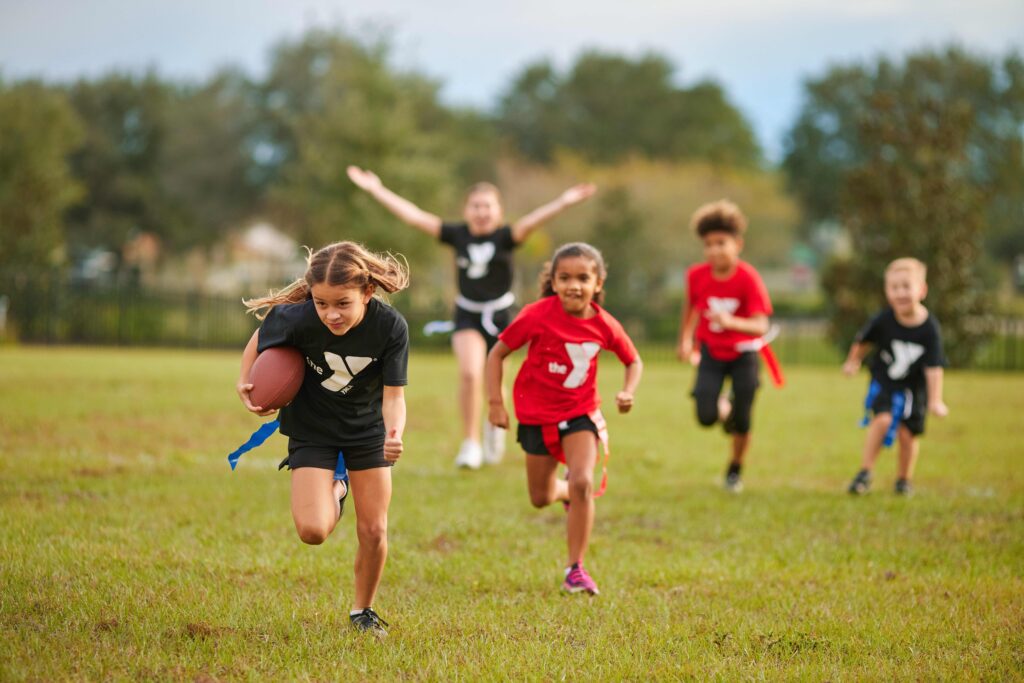Recent videos capturing two separate assaults in South Carolina’s youth sports arenas have sparked renewed concern over safety protocols and the need for increased vigilance among organizers, coaches, and parents. These disturbing incidents highlight vulnerabilities that threaten the well-being of young athletes and underscore the urgent need to address issues of supervision, conflict management, and security within youth sports environments. This article examines the implications of these assaults and offers insights into measures that can help prevent such occurrences in the future.
Videos Expose Growing Violence Risk in Youth Sports
Recent video footage from South Carolina has brought to light a disturbing trend: incidents of aggression escalating in youth sports settings. These clips, capturing two separate assaults during games, serve as stark reminders that competitive environments can sometimes spiral into unsafe situations for young athletes. Coaches, parents, and league organizers must recognize that unchecked emotions and inadequate supervision can foster a climate where violence becomes an unfortunate byproduct rather than an exception.
Addressing these issues head-on requires a collective effort focusing on prevention and education. Important strategies include:
- Enhanced training for coaches on conflict de-escalation and emotional intelligence
- Stricter enforcement of sportsmanship rules across all age groups
- Parental involvement in promoting respect and discipline both on and off the field
| Risk Factor | Proposed Solution | Expected Outcome |
|---|---|---|
| High emotion during competition | Implement mandatory emotional regulation workshops | Reduced outbursts and conflicts |
| Insufficient adult supervision | Increase number of trained officials per game | Improved on-field control |
| Peer pressure among youth | Promote positive peer leadership programs | Healthier team dynamics |
Understanding the Root Causes Behind Aggressive Behavior on the Field
Aggressive behavior in youth sports often stems from a combination of internal and external pressures that young athletes face. Performance expectations from coaches, parents, and peers can create an environment where frustration and anxiety build, sometimes resulting in physical outbursts. Additionally, the competitive nature of sports encourages a win-at-all-costs mentality, which can blur the lines between assertiveness and aggression. When children lack proper emotional outlets or coping skills, these pressures can manifest as confrontational behavior, which not only affects the individuals involved but also sends a troubling message about acceptable conduct on the field.
Understanding these root factors is essential for creating a safer and more positive environment for youth sports. Key contributors to aggressive conduct include:
- Unrealistic success expectations: The push to excel without emphasis on sportsmanship.
- Insufficient emotional regulation skills: Limited guidance on handling frustration or failure.
- Role modeling from adults: Coaches and parents who display or tolerate aggression.
- Lack of clear behavioral boundaries: Ambiguity around consequences for unsportsmanlike actions.
| Root Cause | Impact | Prevention Strategy | |||
|---|---|---|---|---|---|
| Pressure to Win | Increased frustration, reckless play | Focus on effort and learning, not just outcomes | |||
| Poor Emotional Control | Outbursts and conflicts |
| Root Cause |
Impact |
Prevention Strategy |
|
| Pressure to Win | Increased frustration, reckless play | Focus on effort and learning, not just outcomes | |||
| Poor Emotional Control | Outbursts and conflicts | Teach coping strategies and emotional regulation skills | |||
| Aggressive Role Modeling | Normalization of aggressive behavior | Encourage positive adult behavior and zero tolerance for aggression | |||
| Unclear Behavioral Expectations | Ambiguity leads to inconsistent discipline | Establish and enforce clear rules and consequences |
If you would like me to provide further elaboration or formatting help, just let me know!
The Urgent Need for Enhanced Safety Protocols and Supervision
Recent incidents have sparked a critical conversation about the gaps in safety measures surrounding youth sports. It is clear that relying solely on the goodwill of coaches or volunteers no longer suffices. To protect young athletes, organizations must implement comprehensive safety protocols, including mandatory background checks, clearly defined conduct policies, and real-time supervision during all practices and games. Visible authority figures and trained personnel can deter misconduct and respond quickly when situations escalate.
Equipping all involved-coaches, parents, and referees-with proper training is equally essential. Education on recognizing, reporting, and preventing assault or bullying can empower the entire community to safeguard their children. Below is a simple framework outlining critical elements needed for enhanced safety in youth sports:
| Safety Element | Key Actions |
|---|---|
| Supervision | Assign certified supervisors at all events |
| Background Checks | Mandatory for all staff and volunteers |
| Training | Regular workshops on abuse prevention |
| Reporting System | Easy, anonymous channels for concerns |
Community and Coaches Must Collaborate to Foster Respect and Sportsmanship
Building a positive environment in youth sports requires a joint commitment from both community members and coaches. Coaches serve as frontline role models, instilling core values of respect and fair play, while parents and fans set the tone for acceptable behavior off the field. When these groups work in harmony, they create a culture that discourages aggression and promotes sportsmanship as a non-negotiable standard. It’s important for programs to implement clear codes of conduct and hold everyone accountable-from players and coaches to spectators-ensuring that respect remains the foundation of competition.
Effective collaboration can be achieved through ongoing education and transparent communication. Workshops for parents and coaches on managing emotions during high-stakes moments help quell tensions before they escalate into confrontations. Furthermore, shared goals that prioritize character development over winning can unify efforts across the community. Consider this simple guideline table below, often employed successfully by youth leagues to maintain sportsmanship standards:
| Stakeholder | Responsibility | Key Action |
|---|---|---|
| Coaches | Lead by example | Emphasize respect and discipline |
| Parents | Support positive behavior | Encourage cheering, not jeering |
| Community Leaders | Advocate sportsmanship | Organize awareness campaigns |
The Conclusion
The disturbing videos of the assaults in South Carolina serve as a stark reminder of the urgent need for stricter oversight and preventive measures in youth sports. Coaches, parents, and organizations alike must remain vigilant to ensure the safety and well-being of young athletes. Only through collective responsibility and proactive action can such incidents be prevented, safeguarding the positive values that sports are meant to instill.





